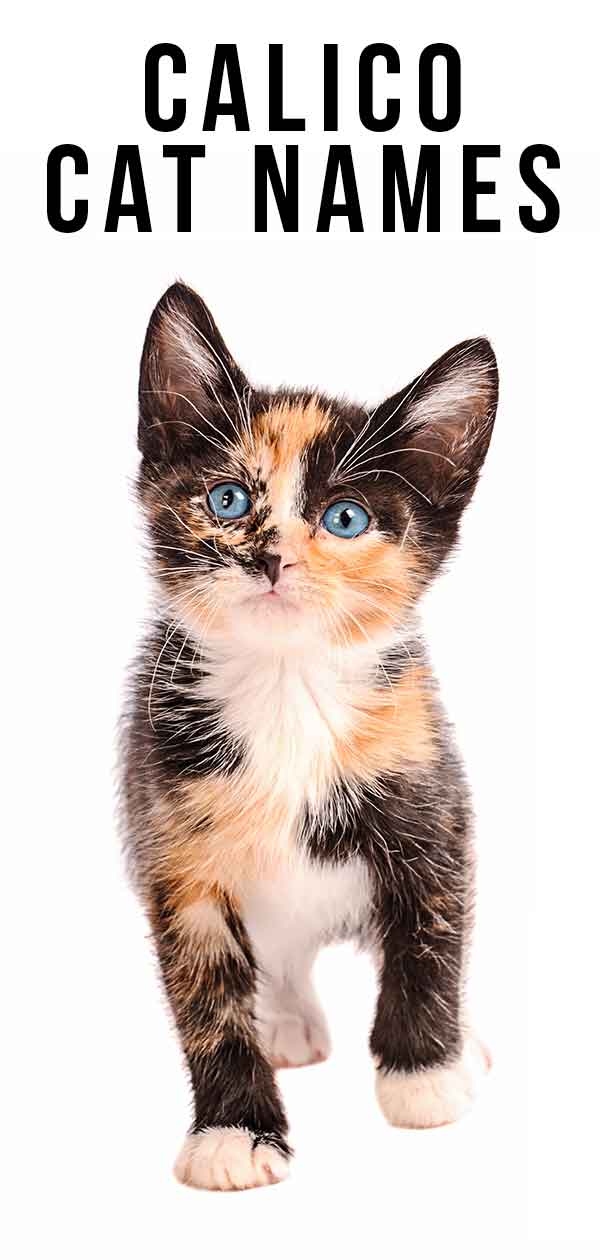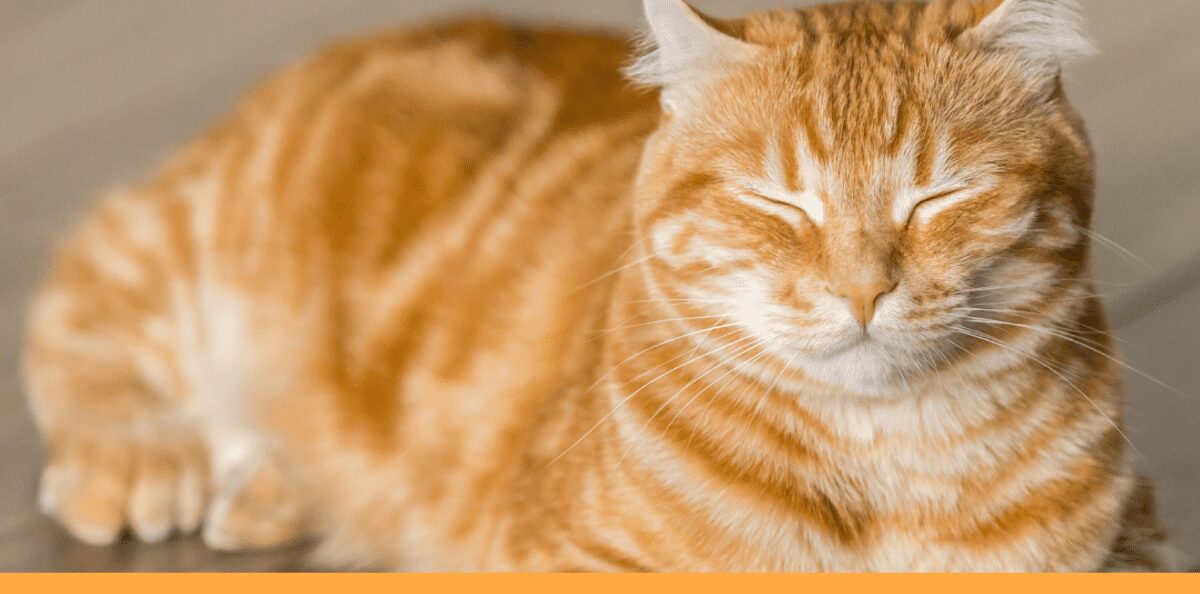Key Takeaways:
- Calico cats are almost always female due to the genetic combination of two X chromosomes.
- Their unique coat pattern is a result of a gene called "X-inactivation," which randomly switches off one X chromosome in each cell.
- Female calico cats can have different coat colors and patterns, including orange, black, white, and tortoiseshell.
- Calico cats are considered good luck in many cultures and are often seen as symbols of prosperity and fortune.
- The rarity of male calico cats is attributed to their genetic makeup, with most being sterile or having health issues.
Welcome to the vibrant and enchanting world of female calico cats! If you've ever been curious about these unique feline creatures, you're in for a treat. Exploring the colors and patterns that adorn their fur can unlock a whole new level of appreciation for the beauty and diversity found in nature. But it's not just about aesthetics - understanding the fascinating genetics behind calico cats is essential to grasp the wonders of life itself. So, let's embark on a journey where we unravel the mysteries behind these captivating creatures, uncovering surprising facts along the way. Get ready to be amazed by the colorful tapestry that is the world of female calico cats!
What Makes Female Calico Cats Unique?
Female calico cats are unique because of their beautiful and colorful fur patterns. These patterns can include patches of black, orange, and white. No two calico cats have the exact same pattern, making each one truly special. In addition to their striking appearance, female calico cats also have a reputation for being independent and sassy.
The Genetics Behind Calico Cats
The unique coloration of calico cats is determined by their genes. Female calico cats have two X chromosomes, while males have only one X chromosome and one Y chromosome. The X chromosomes carry the genes that determine coat color. Because females have two X chromosomes, they can inherit different coat color genes from each parent.
The Role of Coat Color Genes
There are specific genes responsible for the orange and black colors in a calico cat's fur. The gene for orange fur is called "O" and the gene for black fur is called "B." The O gene can be dominant or recessive, while the B gene is always dominant. When a female calico inherits an O gene from one parent and a B gene from the other parent, her coat will display both orange and black patches.
How Do Female Calico Cats Get Their Colorful Fur Patterns?
The colorful fur patterns of female calico cats are a result of a phenomenon called random X-inactivation. This process occurs during early embryonic development when one of the X chromosomes in each cell becomes inactive to avoid an overdose of genetic information.
X-Inactivation Explained
When a female calico kitten develops in its mother's womb, each cell randomly chooses which X chromosome to keep active and which one to silence. This random X-inactivation leads to the formation of patches with different coat colors. The cells that keep one X chromosome active will produce orange fur, while the cells that keep the other X chromosome active will produce black fur.
The Role of Cell Division
As the calico kitten grows and develops, each cell continues to pass on its inactive X chromosome to its daughter cells through cell division. This ensures that the coat color pattern remains consistent throughout the cat's body.
Are All Calico Cats Female or Can They Be Male?
Calico cats are almost always female, but there is an extremely rare occurrence where a male calico cat can exist. However, male calico cats are incredibly uncommon and account for less than 1% of all calico cats.
The Genetic Anomaly in Male Calico Cats
In order for a male cat to be calico, it must have an extra sex chromosome anomaly called Klinefelter syndrome. This syndrome occurs when a male has two X chromosomes (XXY) instead of the usual XY combination. The presence of two X chromosomes allows for the possibility of inheriting both orange and black coat color genes, resulting in a calico pattern.
The Odds of Male Calico Cats
Due to the rarity of Klinefelter syndrome in male cats, finding a male calico is like winning the lottery. The odds are incredibly slim, making female calicos much more common and sought after.
Can Male Calico Cats Exist? Explained
While it is highly unusual, male calico cats can exist under certain genetic conditions. These conditions involve genetic anomalies that result in males having an extra sex chromosome or mosaic genetics.
Mosaic Genetics
Mosaic genetics is a phenomenon where an individual has cells with different genetic makeup. In the case of male calico cats, it means that some of their cells have two X chromosomes (XX) while others have one X and one Y chromosome (XY). The cells with two X chromosomes can express the calico coloration.
The Rarity of Male Calico Cats
Male calico cats are incredibly rare due to the specific combination of genetic anomalies required for their existence. It is estimated that only about 1 in 3,000 calico cats are male. This rarity adds to their uniqueness and makes them a fascinating subject for genetic research.
Common Personality Traits of Female Calico Cats
Female calico cats are known for their distinct personalities and independent nature. Here are some common personality traits often associated with female calicos:
- Sassy: Female calicos tend to have a sassy attitude and aren't afraid to show it.
- Independent: These cats enjoy having their own space and may not always seek constant attention.
- Playful: Calicos love to play and can entertain themselves with toys or explore their surroundings.
- Affectionate: While they may be independent, female calicos can also be very affectionate towards their owners.
- Vocal: Calicos are known for being vocal and expressing themselves through meows and chirps.
It's important to remember that each cat has its own unique personality, so not all female calicos will exhibit these exact traits. However, these characteristics are commonly observed among many female calico cats.
How Do Female Calico Cats Contribute to Genetic Research?
Female calico cats play a crucial role in genetic research due to their unique coat color patterns resulting from X-inactivation. Scientists study the genetics of calico cats to gain a better understanding of how genes are expressed and inherited.
Studying X-Inactivation
The process of random X-inactivation in female calico cats provides valuable insights into the field of genetics. By studying how certain genes are activated or silenced, researchers can learn more about genetic diseases and potential treatments.
Genetic Disorders and Therapies
Research on calico cats has helped scientists understand genetic disorders caused by faulty gene expression. This knowledge is essential for developing therapies that can target specific genes or manipulate gene expression to treat various diseases.
Health Concerns Specific to Female Calico Cats
While female calico cats are generally healthy like any other cat, there are a few health concerns that may be more common among them:
- Feline Urological Syndrome (FUS): Female calicos may have a higher risk of developing FUS, a condition affecting the urinary system.
- Obesity: Calicos, like any other cat, can be prone to obesity if not provided with a balanced diet and regular exercise.
- Reproductive Issues: Female calicos have a higher likelihood of reproductive problems such as uterine infections or difficulties during pregnancy.
It's important for owners of female calico cats to provide proper veterinary care, monitor their weight, and ensure they receive appropriate nutrition to maintain their overall health and well-being.
In conclusion, female calico cats are unique and fascinating creatures with their vibrant coat colors. Their genetic makeup and rarity make them truly special in the feline world.
How rare is a female calico cat?
While female calico cats are common and can be found worldwide, male calico cats are extremely rare because their distinctive coloring is determined by specific genetic factors. Calico cats cannot be deliberately bred, as their unique coloring occurs purely by chance.
What is the folklore about calico cats?
In Japan, it is believed that Calico cats are a symbol of good fortune. Historically, Japanese sailors would bring Calico cats on their ships for protection. In the United States and United Kingdom, male Calico cats are considered to be extremely lucky due to their rarity.
Why are calico cats so special?
Calico cats are believed to be lucky by many people worldwide due to their rarity. These cats are thought to bring good fortune and luck to the families who adopt them. Additionally, their unique three-color coat adds to their charm and magical appeal.
Why is it safe to say that all calico cats are female?
Female cats receive an X chromosome from both their mother and father, while male cats receive an X chromosome from their mother and a Y chromosome from their father. Because a male cat with one of each sex chromosome (XY) cannot have a calico fur pattern, nearly all calico cats are female.
What is the rarest cat color?
Among all the colors of cats, albino is the least common. Cats with albinism lack pigment, resulting in pink skin, white fur, and pale blue or pink eyes. For a cat to be albino, it must receive two recessive genes for albinism (A/A), one from each parent.
What is the lifespan of a female calico cat?
The average lifespan of a Calico cat is between 12 to 15 years.
















